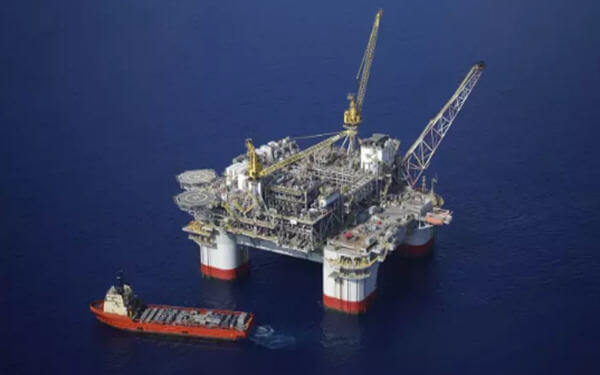
Helped by higher oil prices, deepwater drilling is back — but with a difference. Newly approved projects are cheaper, simpler and often smaller than those sanctioned previously.
Schlumberger, the world’s largest listed oil services company, has hailed a return of drilling deep beneath oceans as oil majors move back into a high-cost, high-risk area that was all but abandoned during the oil price slump.
“The broad-based recovery is now also reaching the offshore market,” Patrick Schorn, executive vice-president of wells at Schlumberger, told analysts last week. “We are preparing ourselves further for deepwater.”
Royal Dutch Shell, Total, BP and Equinor are redesigning projects to reduce complexity and better utilise existing infrastructure. They are also negotiating better terms with contractors and using technology to drive efficiencies and cut jobs.
“With costs coming down and crude prices coming up, majors are in a sweet spot with these offshore projects,” said Sarp Ozkan at research group Drillinginfo.
Drilling in deep water — defined as water depth greater than 300m — has traditionally required high oil prices to ensure profitability. However, the economics of some projects can now challenge US shale fields making them attractive.
Norway’s parliament approved Equinor’s $6bn project to develop the Johan Castberg oilfield in the Arctic last month. Plagued by high costs and delays, the project was redesigned to cut spending by half and can now be profitable should prices fall to $35 a barrel. Equinor said this marked a “breakthrough” for its deepwater strategy.
Schlumberger added that similar drilling activity in deep water fields will be up 10 per cent in 2018 from last year and even higher in 2019.
Shell, which will be among the first of the oil majors to report quarterly results on Thursday, is also benefiting from what exploration and production chief Andrew Brown called a “lower-cost developmental approach”. Just months after it won blocks in Brazil’s Atlantic waters, Shell snapped up nine of the 19 Gulf of Mexico oil and gas blocks awarded in a Mexican auction in January.
Activity in the Gulf of Mexico is picking up. The Trump administration’s rollback of offshore drilling rules put in place after BP’s 2010 Deepwater Horizon disaster could also prime the way for more drilling in the US outer continental shelf.
Bernstein analysts expect 40 final investment decisions, indicators of future production, for offshore oil and gas projects in 2018, including deepwater signoffs. Last year saw 29, with 14 in 2016 — but still well below the 87 signed off in 2012.
“Major operators who work in deepwater have much more free cash flow and their balance sheets are improving, which is why projects are being approved,” said Martijn Rats, Morgan Stanley’s global oil strategist. “But you can do them for far less capital.”
Companies are now using standardised parts and making connections between new discoveries and existing production facilities to save on costs. “If they can piggyback off existing projects this is where they will try to invest,” said Nadine Sarwat at Bernstein.
Approved in April by BP, Alligin, a two-well development west of Shetland is one such example. It will be tied back to the energy major’s Glen Lyon floating production and storage vessel.
“The industry will drill fewer, better wells focused on plays that are commercially attractive,” Andrew Latham at energy research company Wood Mackenzie told a conference last month. This could mean greater competition for quality acreage.
In addition to the Gulf of Mexico and Brazil, for BP it also means large opportunities in Mauritania and Senegal. Unproven resources in Nova Scotia, South Africa and Namibia could also be lucrative for companies.
But Michael Wirth, Chevron chief executive, told the Financial Times last month that the emergence of US shale as a large-scale source of relatively low-cost oil supply meant that riskier frontier projects in deepwater were now “not as necessary”.
“For us to do deep water Gulf of Mexico, it’s got to be really good. It can’t just be the kind of project you might have funded historically,” he added
Even so, a dramatic fall in investment during the market downturn and a focus on so-called short cycle projects, such as US shale that is expected to plateau in the 2020s, means more offshore projects will be required to meet demand.
“Looking at the longer-term supply-demand, there is a certain amount of assets that will have to be developed,” said Schlumberger’s Mr Schorn. “We are going to go back . . . [to] deepwater activity.”
Source: FT.com